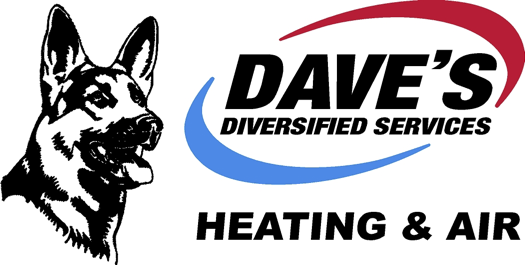Are you looking for an easy and practical way to boost your indoor air quality at home? Whole-house air purifiers are an excellent option for removing airborne pollutants such as allergens, dust, mold and other damaging particles from the air. Purification systems can also remove airborne contaminants such as pet dander, mold spores and smoke, generating a healthier environment for everyone in the home. With the appropriate air purifier, you’ll have a powerful tool in your arsenal for improved indoor air quality in Front Royal.
Let’s explore the benefits of an air purifier and why they are really worth purchasing.
Will an Air Purifier Help Me?
Air purifiers are highly good at decreasing levels of airborne particles like dust, mold spores, pollen, pet dander and smoke from the air. Some units are even powerful enough to remove particularly small particles, such as those from odors or viruses, from your home’s air.
There are many designs of air purifiers to choose from, ranging from compact, standalone models to whole-house air purifiers that work in conjunction with your central HVAC system. Depending on the type, some purifiers utilize effective air filters while others rely on ultraviolet (UV) light for its sanitation abilities. Some models even incorporate both for maximum air quality benefits.
What Do Air Purifiers Do?
Air purifiers draw in air from the home’s environment and trap unwanted pollutants and particles as they move through a series of filters. These filters consist of fine mesh or activated carbon that is ideal for removing dust, molds, pet dander, smoke particles, chemicals and other airborne debris. The fan in the air purifier then forces clean air directly into the ductwork for circulation.
How Do Air Purifiers Work?
Air purifiers pull in air with a fan before blowing it through one or more filters. Contaminants are gradually caught by the layers of filters, and then the newly cleaned air is blown out of the purifier. Depending on its design, an air purifier may use electrical charges or ultraviolet light to remove additional airborne pollutants.
Other types of filtration found in air purifiers:
- High Efficiency Particulate Air (HEPA) filters: One of the most effective filter designs available, HEPA filters are designed to take up to 99.97% of particles from the air—as small as 0.3 microns! Keep in mind that such efficiency can also decrease airflow.
- Activated carbon filters: These filters contain finely ground activated carbon, which contains an electric charge efficient at attracting things like odor particles.
- Photocatalytic oxidation: This process uses UV light to start a reaction that breaks down microorganisms like bacteria, mold and some viruses. With their DNA broken, many microbes can no longer replicate and are essentially done away with.
Do Air Purifiers Help with Dust?
Air purifiers are developed to help lower the quantity of dust in your home, providing relief from allergies and other respiratory issues caused by airborne particulate matter. By trapping particles like dust in their filtration systems, air purifiers can make the air in a room or house cleaner and fresher.
If you’re looking to minimize the dust in your home, reach out to a certified Lennox dealer to upgrade your indoor air quality in Front Royal.
How Effective Are Air Purifiers with Allergies?
High-efficiency air purifiers are designed to capture more than 99% of pollutants and particles, which means the air you breathe after it is processed by an air purifier is significantly cleaner and healthier. This helps diminish symptoms associated with allergies and respiratory illnesses, because it removes potential irritants from the air.
Do Air Purifiers Help with Mold?
Air purifiers remain one of the most reliable ways to fight mold. By trapping airborne particles and spores, they help deter mold from turning into a health hazard in small spaces. Additionally, many purifiers come with other features that are created to get rid of mold, such as activated carbon filters and ultraviolet (UV) lights. Activated carbon filters help get rid of odors and other unwelcome elements from the air, while UV lights can kill any active mold spores in the air. Together, these features allow for a comprehensive cleaning of the air in your home or office, helping to keep everyone safe and healthy.
Do Air Purifiers Help with Smell?
Not only do air purifiers help raise air quality by removing particles like dust, pollen, smoke and other allergens from the air, but some air purifiers also help remove any unpleasant odors that might be stubbornly refusing to leave your home.
Air purifiers use a combination of filters, including activated carbon and HEPA filters, to trap and clear out odors from the air. This assures that your home will get back to smelling fresh and clean without any embarrassment of lingering odors. By investing in a whole-home air purifier, you can be sure that that your home has optimal indoor air quality and is pleasant-smelling all year-round.
